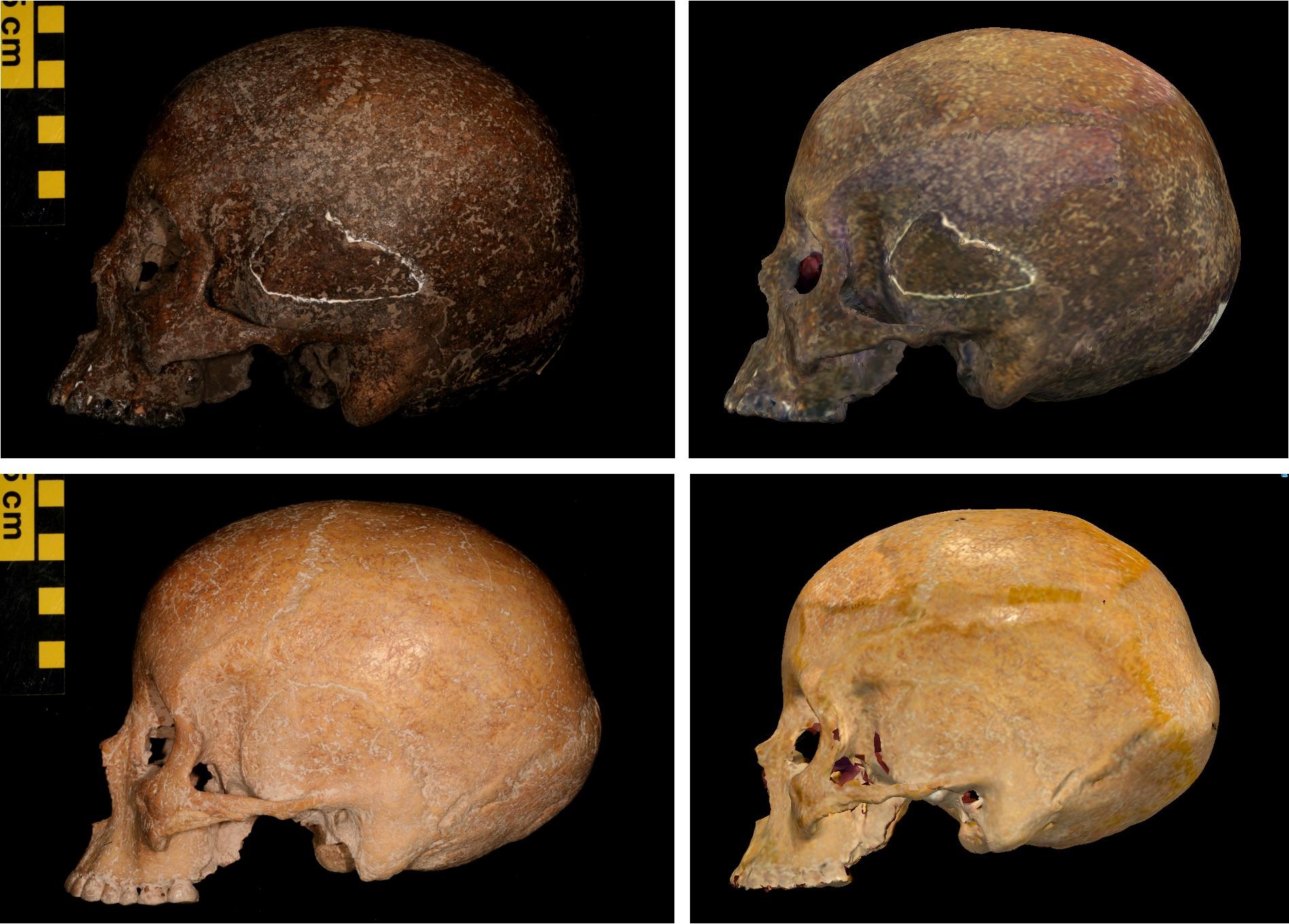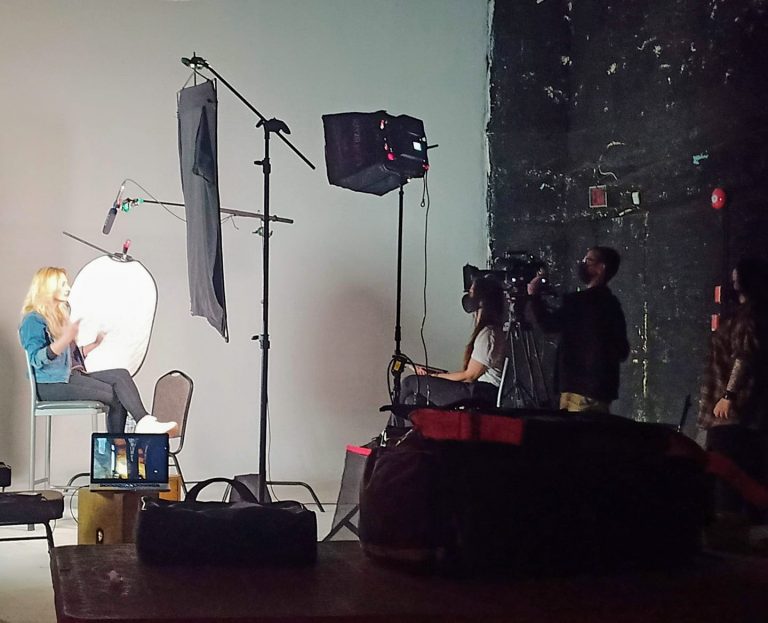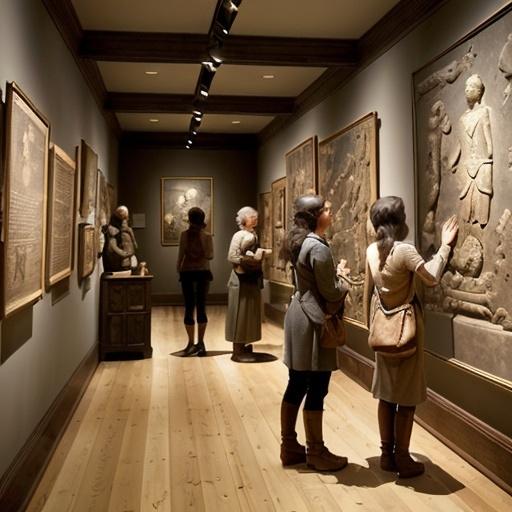Technology And Archaeology
As we move into 2024, archaeology is experiencing a significant transformation in methods and technologies. One of the most impactful changes is the integration of artificial intelligence (AI) in analyzing archaeological data. AI algorithms are being utilized to identify patterns in excavation findings, offering insights that were previously unattainable.
Remote sensing technologies, including LiDAR, are gaining prominence in archaeological surveys. These tools allow researchers to visualize landscapes without invasive techniques, revealing structures hidden beneath vegetation or soil. The combination of drones and LiDAR facilitates more comprehensive mapping of archaeological sites, streamlining the initial stages of exploration.
The use of 3D scanning is also revolutionizing documentation practices. Artifacts and sites can be precisely recorded and replicated, offering researchers and the public a clear view of cultural heritage. This approach enhances preservation efforts and allows for greater accessibility to archaeological findings.
Additionally, interdisciplinary collaboration is on the rise. Archaeologists are collaborating with experts from chemistry, geology, and digital humanities to enhance their insights into ancient cultures. This collaborative spirit is fostering innovation and ultimately leading to more holistic interpretations of archaeological evidence.
Public engagement is being prioritized with the help of virtual reality (VR) and augmented reality (AR). These technologies create immersive experiences that allow visitors to interact with past civilizations, making archaeology more relatable and inspiring.
Finally, sustainable practices are becoming a cornerstone of archaeological fieldwork. The emphasis on environmental stewardship ensures that excavation and research methods do not harm the sites being studied. As we welcome these groundbreaking advancements, the future of archaeology is set to become more efficient, inclusive, and responsible, enabling us to explore and uncover the past in ways we once thought impossible.






